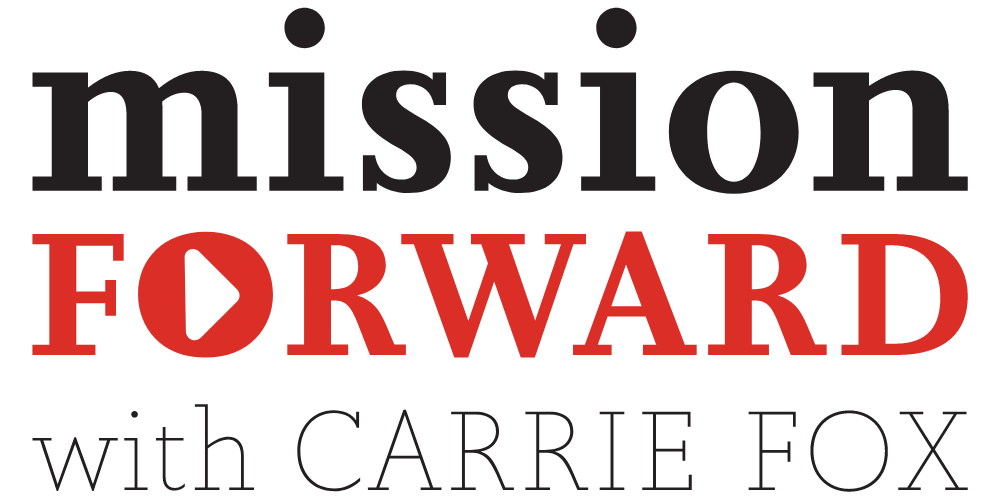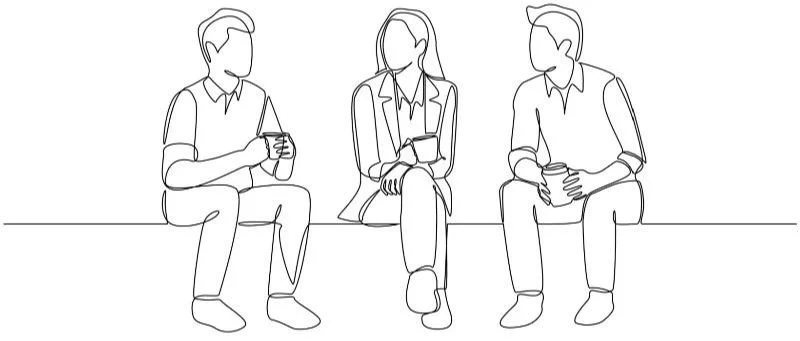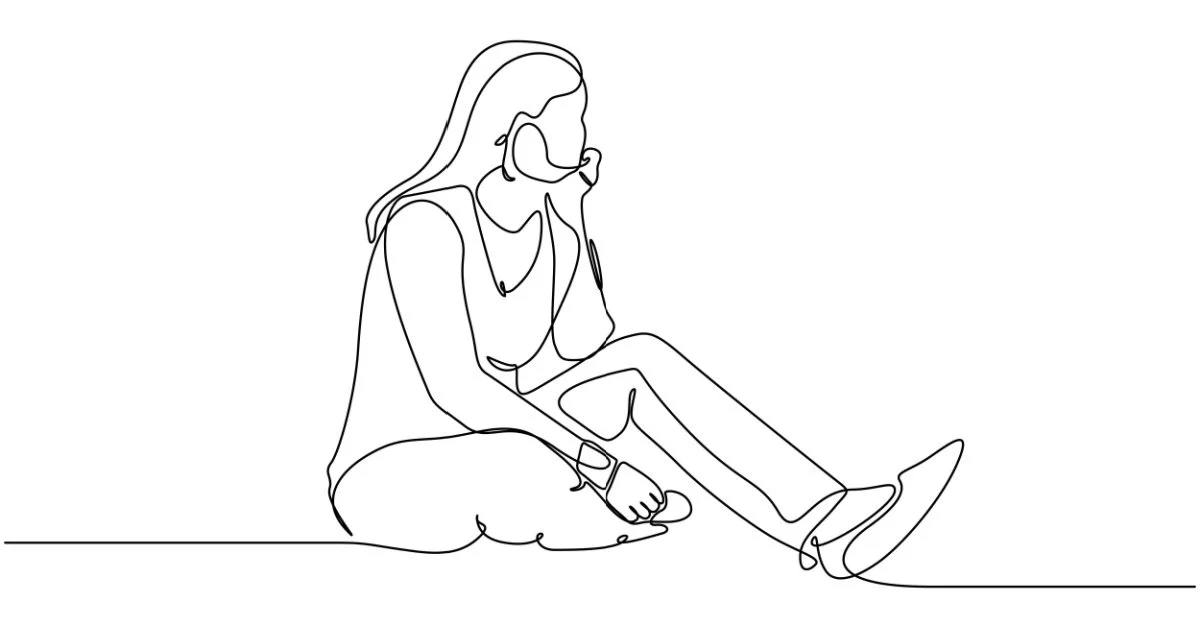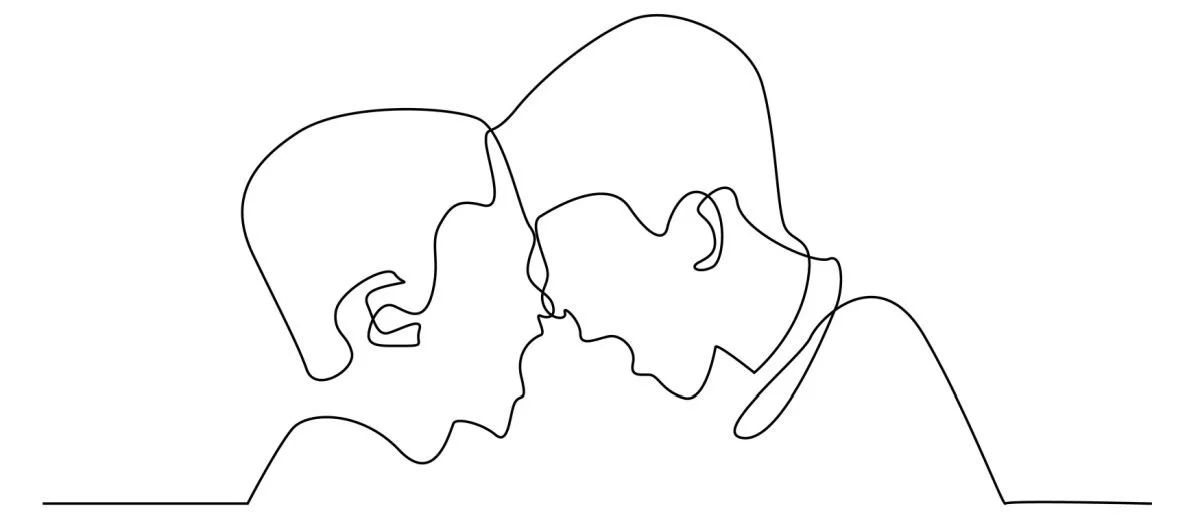Disability Visibility.
This article is part of Finding the Words, a newsletter that delivers practical insights on the day’s issues.
The date was July 13, 1990. A junior senator from Iowa had just taken the floor of Congress to present what would become a historic speech—not for its length or its political flourish, but for its form.
On that day, Democratic Senator Tom Harkin rose before the 101st Congress to introduce the Americans with Disabilities Act. Instead of opening his remarks with spoken words, as those had done before him, Harkin delivered his remarks in American Sign Language (ASL), marking the first time in American history that American Sign Language was used on the Senate floor.
That moment—the senator signing in tribute to his older brother and in solidarity with disabled Americans—was a long time coming. For decades, disability rights activists had been dismissed, sidelined, or outright ignored. Many finally resorted to climbing and crawling the steps of the Capitol to make their presence, concerns, and humanity impossible to overlook.
And yet, like many pivotal moments in civil rights history, unless we are personally connected to the story, it is easy to forget the labor, sacrifice, and humanity behind it.
I rewatched Harkin's speech several times this week while reflecting on the passing of Alice Wong, a transformational advocate, storyteller, and founder of the Disability Visibility Project, who passed away last week at the age of 51. Alice understood that progress is not linear and that change rarely comes from legislation alone. It comes from the persistent, often intergenerational work of culture shifting—the kind of shift that starts with what we choose to notice, amplify, and build.
Both Senator Harkin and Ms. Wong recognized how far we'd come… and how far we still have to go.
Ensuring equal access and inclusion for all requires more than Congressional action, more than mandates and policy changes. It requires that we all see ourselves as inextricably linked to the disability visibility movement.
As Wong wrote in her award-winning book Disability Visibility: First-Person Stories from the Twenty-First Century:
"The story of disabled success has never been a story about one solitary disabled person overcoming limitations—despite the fact that's the narrative we so often read in the media. The narrative trajectory of a disabled person's life is necessarily webbed. We are often only as strong as our friends and family make us, only as strong as our community, only as strong as the resources and privileges we have."
None of us moves through the world alone, and the best we can ever do is make the journey a little easier for the people who travel alongside us.
And so, this week, I pose a question at the heart of both Harkin's and Wong's messages to America:
What is our role—today, right now—in advancing the disability visibility
movement? And what responsibility do we have, as communicators, storytellers, leaders, and everyday citizens, in advancing accessibility and inclusion?
The answer is that we ALL have a role to play. And the work begins with the choices we make in our own messages, media, and organizations.
Here are a few simple but meaningful acts to consider that can help carry forward the disability visibility movement:
Start with a simple audit. If you publish a newsletter, a podcast, a blog, or maintain a website of any kind, assess those channels for accessibility gaps. Ask: Who can access this? Who can't? What assumptions have we baked in? Where do barriers still exist? Then commit to addressing at least one gap each quarter.
Make accessibility non-negotiable in your communications. Accessibility isn't a value-add; it's baseline respect. As my colleague Eleni Stamoulis often reminds me, it can feel overwhelming to consider all the accessibility issues that need to be addressed, and yet, there is always a place to start. Start by adding alt text to your images so that people with visual impairments can also enjoy them. Caption your videos and provide transcripts for all audio content. Run presentation through a colorblind simulator and ensure your website and newsletters meet baseline accessibility guidelines. (And if you aren't sure where to start, call on us for assistance.)
Use language that reflects disability as a natural part of human diversity. When it comes to language, follow the lead of disability communities by using person-first or identity-first language, depending on the context and individual preference. Choose words that affirm dignity and agency. Avoid euphemisms or narratives that frame disability as tragedy, heroism, or burden. Narrative change is more than word choice; it's a tool to change how we interpret and understand the world around us, making the spaces between us smaller.
Alice Wong spent her life illuminating how stories—especially stories told by disabled people themselves—can shift culture and expand what we imagine possible. As we honor her legacy, we can choose to remember her work and improve our own.
Bottom line: Remember that accessibility is a practice, not a checklist. You don't have to get it perfect today. You just have to start—and then keep going. That's what it means to keep a movement moving forward.
This post is part of the Finding The Words column, a series published every Wednesday that delivers a dose of communication insights direct to your inbox. If you like what you read, we hope you’ll subscribe to ensure you receive this each week.







